Ground shipping is currently paused. Local deliveries throughout Long Island will continue as usual. Pre-orders for fall are now open. Non-local orders will begin shipping again in early September. Click here to learn more.
Please be aware that all shipping will be suspended on December 22 and will resume January 5. Dismiss
Skip to contentGround shipping is currently paused. Local deliveries throughout Long Island will continue as usual. Pre-orders for fall are now open. Non-local orders will begin shipping again in early September. Click here to learn more.
| Size | 4" Pot (Quart), Flat of 50, Flat of 72, Nursery Pot (1-Gallon Trade Size), 2 Gallon, 3 Gallon, 5 Gallon |
|---|---|
| Tolerate | |
| Common Name | |
| Type | |
| Native? | |
| Family | |
| Zone | 3, 4, 5, 6, 7, 8, 9 |
| Height Range (ft.) | 5.00 to 12.00 |
| Spread (ft.) | 5.00 to 12.00 |
| Bloom Time | |
| Bloom Description | White |
| Sun | |
| Water | |
| Maintenance | |
| Suggested Use | |
| Flower | |
| Growth Rate | |
| Fruit | |
| Attracts |
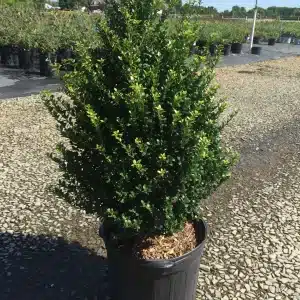
Sambucus canadensis, or Elderberry, is a fast-growing native shrub with fragrant white flowers and dark edible berries—ideal for wildlife gardens and hedgerows.
$12.99 – $155.99Price range: $12.99 through $155.99
Please note: Sizes 1.5 Gallon and up can’t be shipped outside the counties of Nassau, Suffolk, and Queens.
Learn more about how the process works and how our plants are delivered.
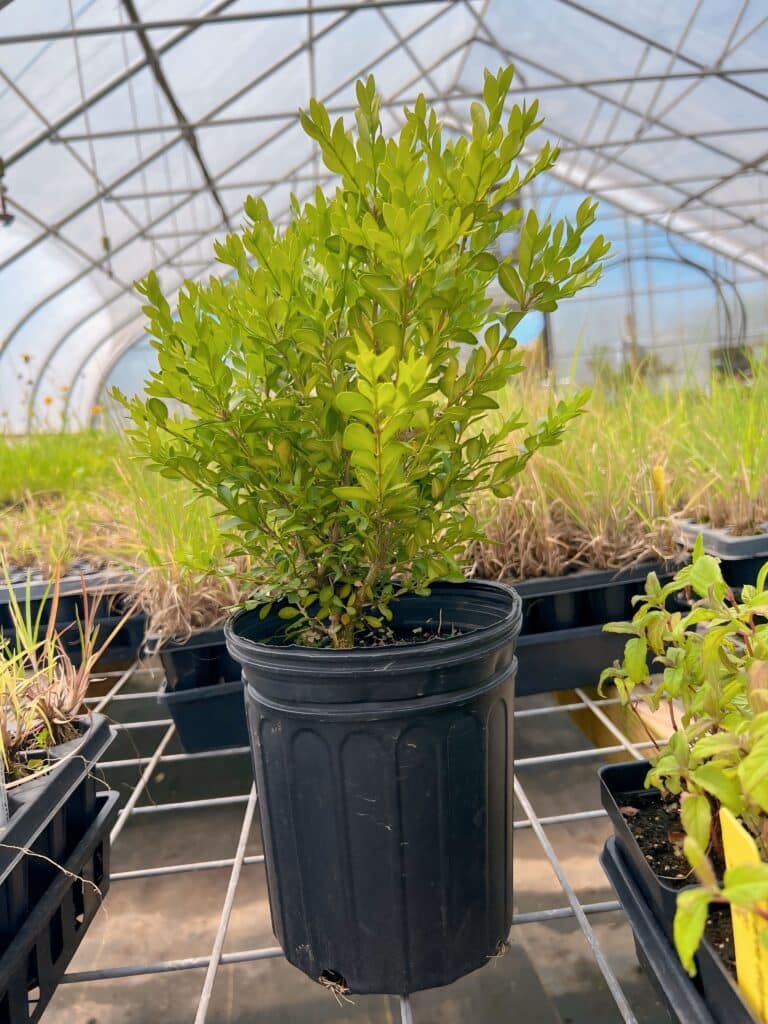

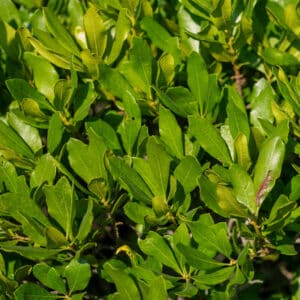
Ground shipping is paused due to summer heat. Only local delivery (Long Island & Queens) is available. Orders placed during the pause will begin processing September 1, and ground shipping will resume September 15.
| Size | 4" Pot (Quart), Flat of 50, Flat of 72, Nursery Pot (1-Gallon Trade Size), 2 Gallon, 3 Gallon, 5 Gallon |
|---|---|
| Tolerate | |
| Common Name | |
| Type | |
| Native? | |
| Family | |
| Zone | 3, 4, 5, 6, 7, 8, 9 |
| Height Range (ft.) | 5.00 to 12.00 |
| Spread (ft.) | 5.00 to 12.00 |
| Bloom Time | |
| Bloom Description | White |
| Sun | |
| Water | |
| Maintenance | |
| Suggested Use | |
| Flower | |
| Growth Rate | |
| Fruit | |
| Attracts |
Sambucus canadensis, commonly known as Elderberry, is a fast-growing native shrub that combines ornamental beauty with ecological and culinary value. In early to mid-summer, Elderberry produces showy clusters of creamy white flowers, followed by dark purple to black berries in late summer. These berries are rich in antioxidants and can be used in jams, jellies, syrups, and wines, while the flowers can also be used in culinary applications.
This adaptable shrub thrives in moist, well-drained soils and grows well in full sun to partial shade. Elderberry is ideal for naturalized areas, rain gardens, and wildlife habitats, where its dense foliage provides shelter and nesting sites for birds and small mammals. The flowers attract pollinators like bees and butterflies, and the berries are a valuable food source for wildlife. Low-maintenance and versatile, Sambucus canadensis is a wonderful choice for gardeners who want to enhance biodiversity and enjoy its practical benefits.
Elderberry is perfect for naturalizing in rain gardens, woodland edges, and wildlife habitats. Its ability to grow in moist areas makes it a great addition to low-lying areas or along the edges of ponds and streams. Plant it in hedgerows or as part of a mixed border with other native shrubs like Winterberry Holly, Serviceberry, or Spicebush for a vibrant, biodiverse planting.
By planting Sambucus canadensis, you are supporting local ecosystems by providing essential nectar and fruit for pollinators, birds, and other wildlife. As a native species, it plays a key role in maintaining biodiversity while improving soil health and reducing erosion in wet areas.
/5
Total reviews
|
|
Persons recommended this product
Anonymous
Shopper
check_circle Verified
Shop owner replied
Was this helpful
Anonymous
Shopper
check_circle Verified
Shop owner replied
Was this helpful
There are no reviews yet.
Be the first to review “ ”
Your feedback helps us improve our service.
Please log in to submit a review.



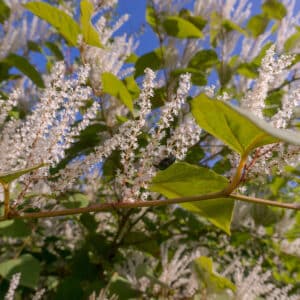



Yes. Sambucus canadensis is native to most of the eastern and central United States, commonly found in moist meadows, streambanks, forest edges, and lowlands. It is a highly valuable native shrub that supports pollinators, birds, and beneficial insects, making it ideal for wildlife and habitat gardens.
American Elderberry produces large, flat-topped clusters of small white flowers in early to mid-summer, followed by deep purple to black berries in late summer. It typically grows 6 to 12 feet tall and wide, forming multi-stemmed thickets that are excellent for naturalistic plantings, rain gardens, and food forests.
Elderberry thrives in full sun to partial shade and prefers moist, well-drained, fertile soil, though it tolerates clay, periodic flooding, and disturbed areas. It is hardy in USDA zones 3 through 9 and benefits from occasional pruning to rejuvenate older stems and maintain vigor.
Absolutely. The flowers attract native bees, butterflies, and other beneficial insects, and the berries are a rich food source for birds, including songbirds and game birds. It also serves as a host plant for several moth species, making it one of the best native shrubs for supporting biodiversity.
Moderately. While elderberry is not a top choice for deer, young shoots may be browsed. Once established, it is very low-maintenance, requiring little more than periodic pruning to control size or rejuvenate growth. It may spread by suckers, which is beneficial for naturalized or restoration plantings but may need to be managed in smaller spaces.
Our gift cards make it easy to share the beauty of plants, flowers, and all things green. Whether for a special occasion or just because, give the gift of choice and let them select their favorites to create a garden they’ll cherish.
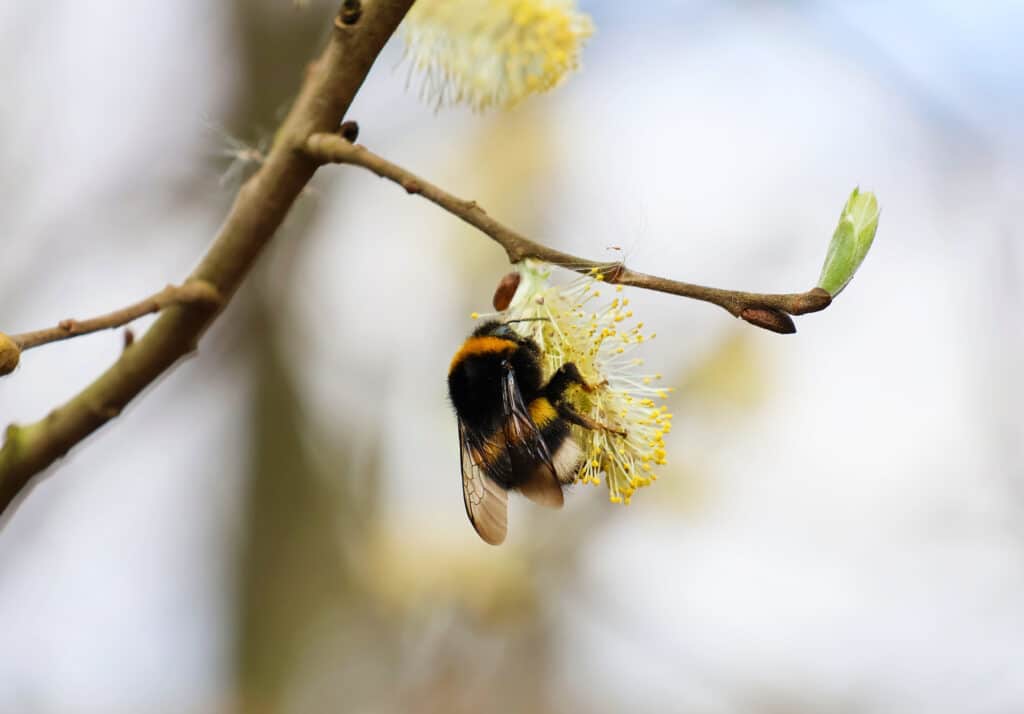
Only Local Delivery Available (Long Island & Queens)
Ground Shipping Paused
To protect our plants from extreme summer heat, we’ve paused nationwide ground shipping to avoid any damage during transit.
Local Delivery Only
We’re still delivering locally to Long Island and Queens, so nearby customers will continue to receive orders as usual.
Fall Pre-Orders Are Open Nationwide!
We will resume normal shipping for non-local orders placed during the pause in early September.
Thank you for your support and understanding—we’re looking forward to growing with you this fall!
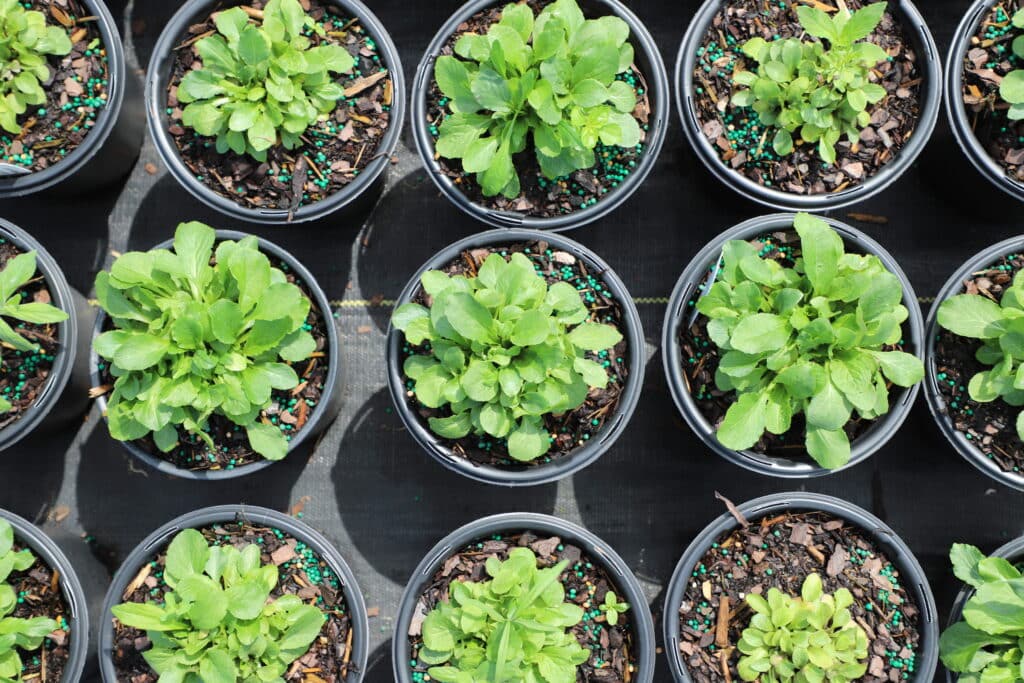
Shipping Paused
Please be aware that all shipping will be paused on December 22.
Any orders placed after that time will be fulfilled when we resume operations in January 2025.